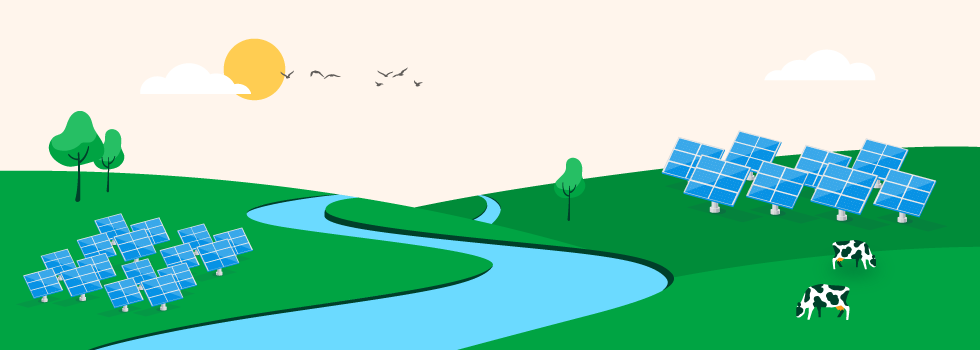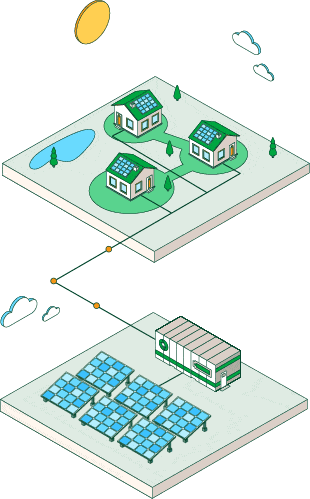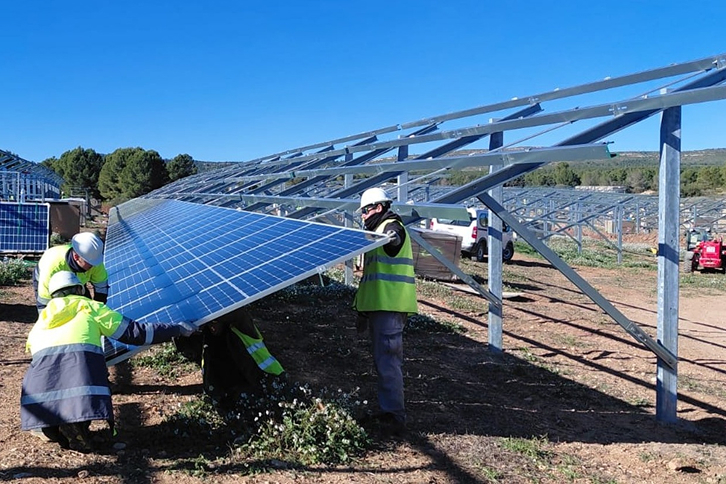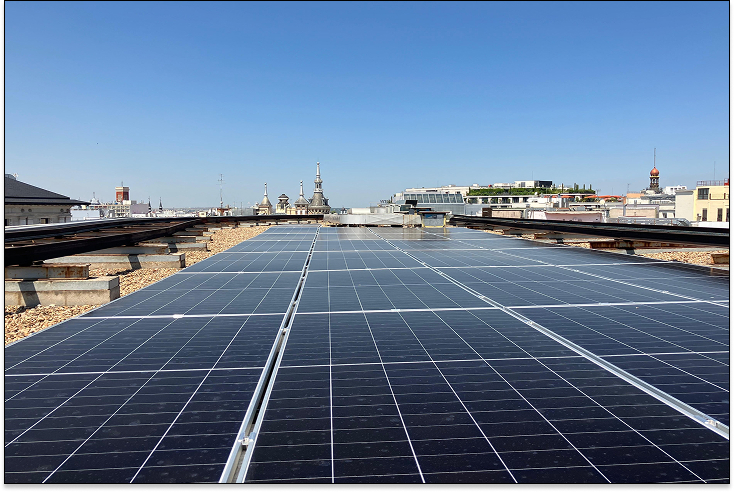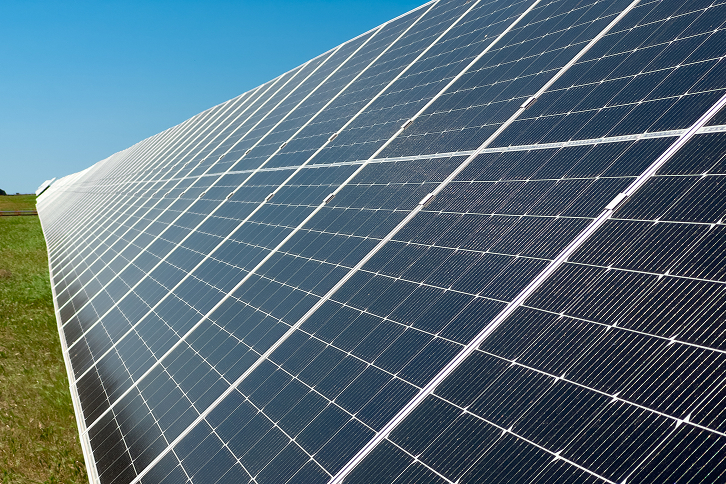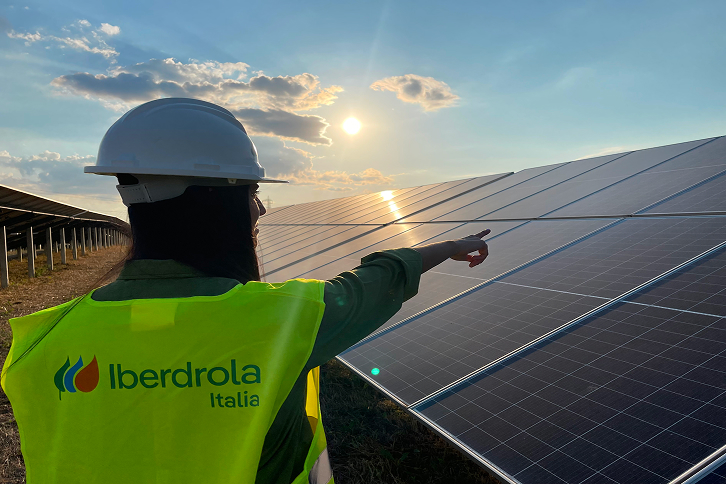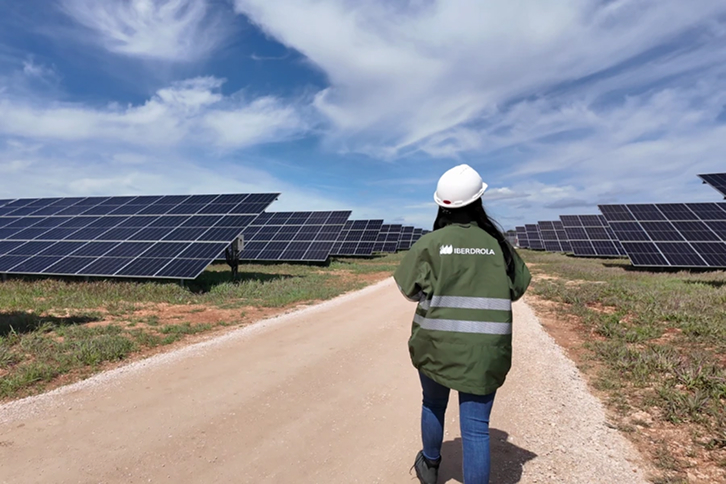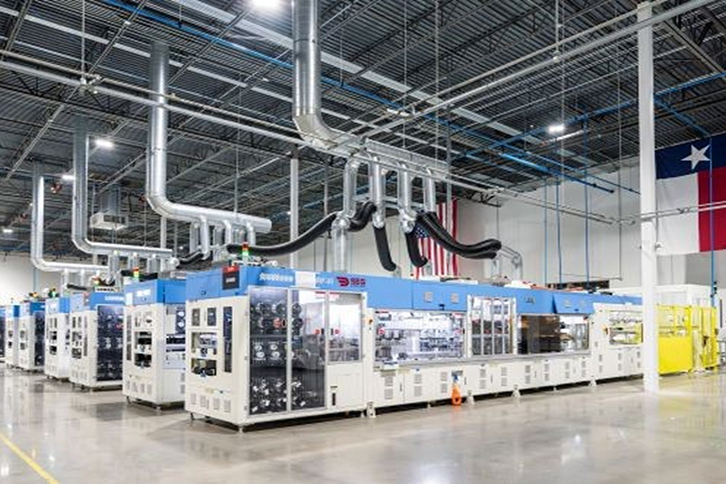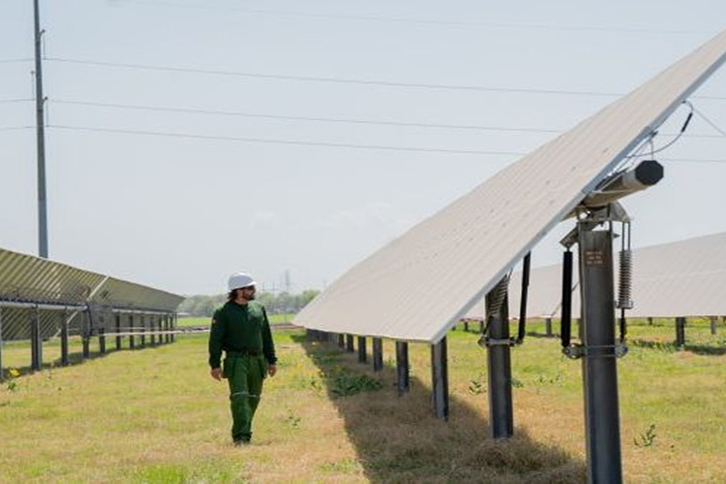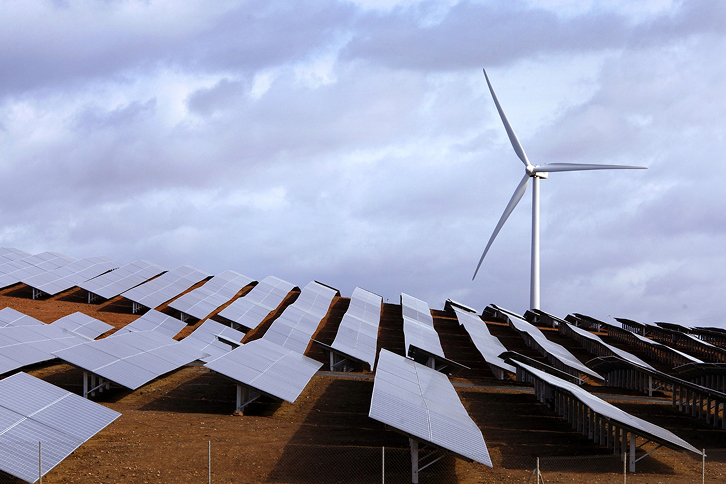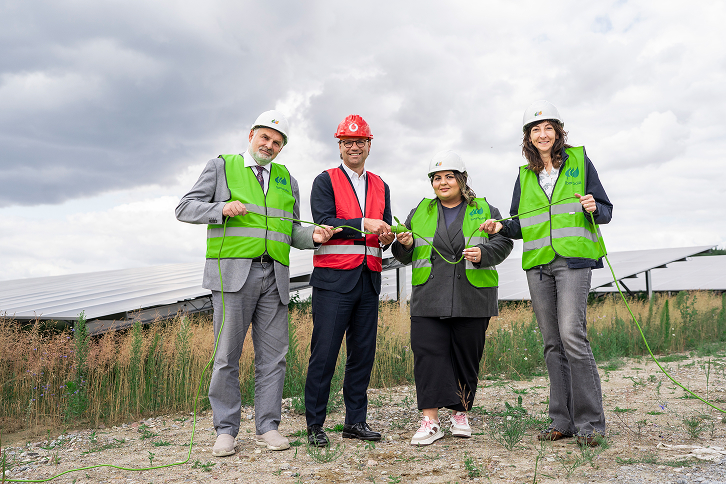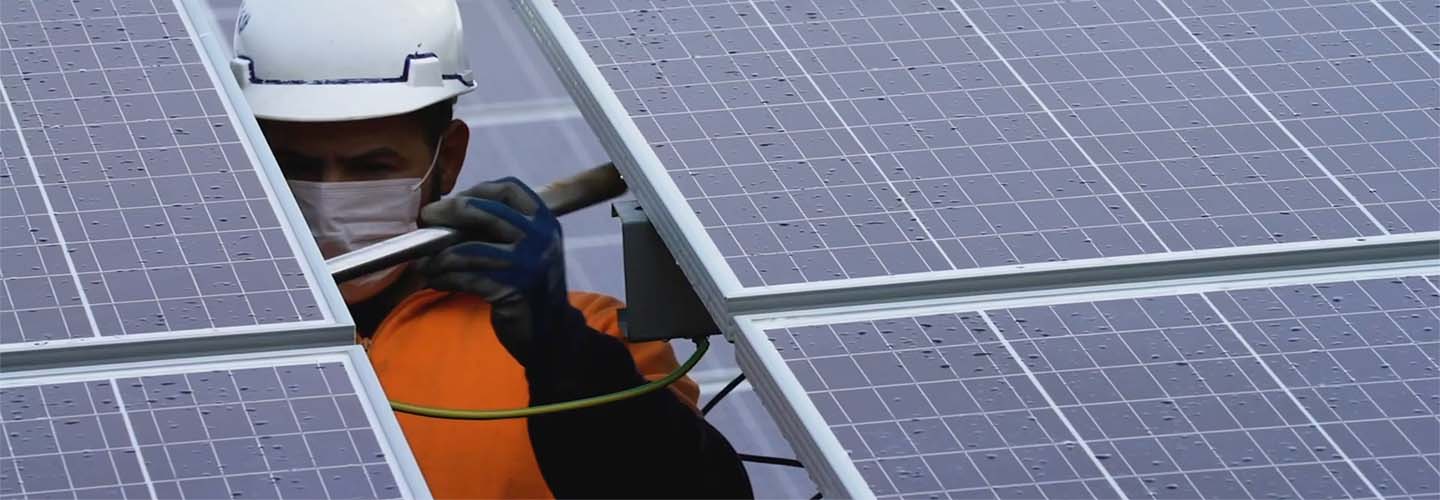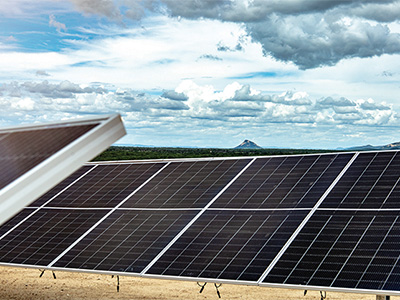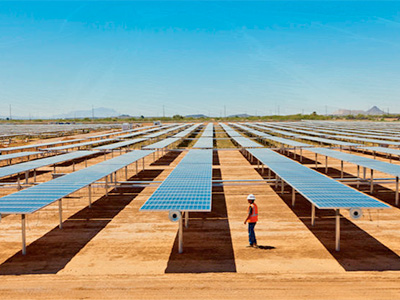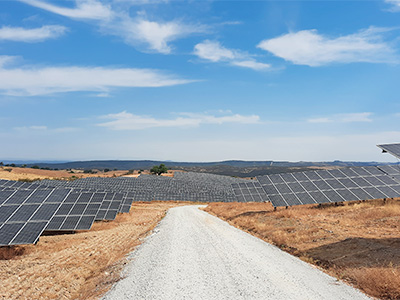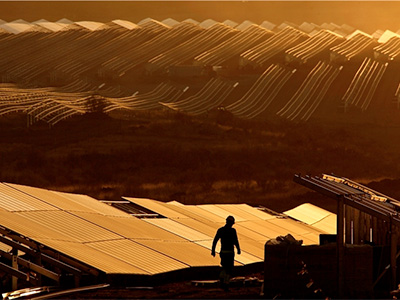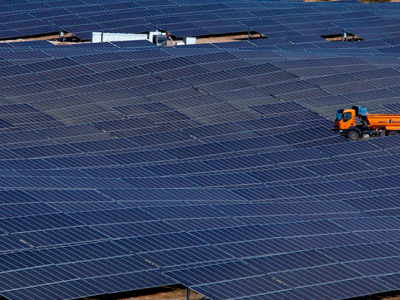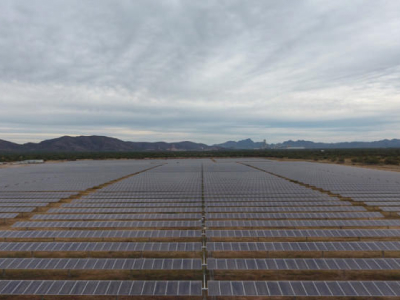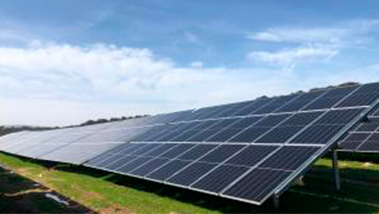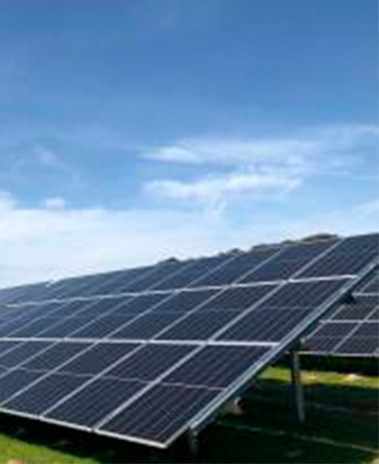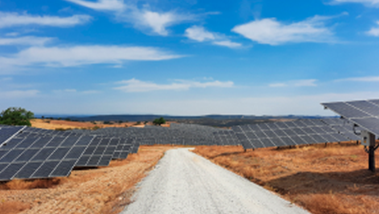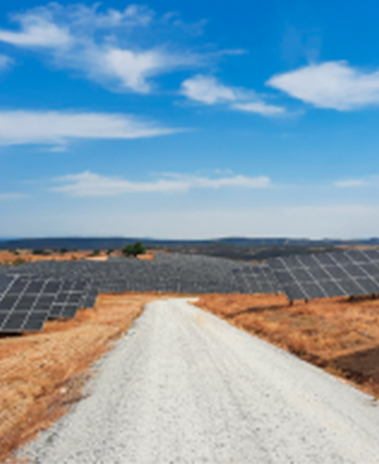-
The Iberdrola group plans to install in Brazil, through its subsidiary Neoenergia, the company's first floating photovoltaic plant in the world. The project will be built on the water surface of the Xaréu dam on the island of Fernando de...
The European Investment Bank (EIB) and Iberdrola have signed a new agreement to accelerate Portugal's energy transition via the development of new renewable energy plants. The EU bank will provide a €70 million green loan for the construction...
-
Iberdrola is making progress in its photovoltaic deployment in Portugal with the completion of the construction of the Conde plant, located in the municipality of Palmela, in the district of Setúbal (Lisbon region). With an installed capacity...
Iberdrola has installed one of its photovoltaic projects in Castilla y León (Spain), a new wind farm and photovoltaic plant in Villarino, which adds 50 MW of green energy to its portfolio. Once the infrastructure is up and running, it generates enough clean energy to power the equivalent of 27,000 homes and avoid emitting 12,000 tons of CO₂/year into the atmosphere.
-
Facebook Iberdrola reinforces its commitment to Castilla y León with a new photovoltaic plant in Villarino
-
Twitter Iberdrola reinforces its commitment to Castilla y León with a new photovoltaic plant in Villarino
-
Linkedin Iberdrola reinforces its commitment to Castilla y León with a new photovoltaic plant in Villarino
-
Whatsapp
-
-
As part of our commitment to renewable energies in Spain, we have commissioned two photovoltaic plants in Cedillo, Extremadura, with a combined installed capacity of 100 MW, plus a new 375 MW plant currently under construction. These facilities are designed to have the lowest possible environmental impact.
-
Facebook Photovoltaic plants in Cedillo, an engineering challenge with minimum environmental impact
-
Twitter Photovoltaic plants in Cedillo, an engineering challenge with minimum environmental impact
-
Linkedin Photovoltaic plants in Cedillo, an engineering challenge with minimum environmental impact
-
Whatsapp
Iberdrola has recently collected the solar honey produced at the Campo Arañuelo III photovoltaic plant in Cáceres, a new milestone in the solar honey production project that the company started in 2020 together with the Extremaduran company...
-
Facebook We collect the world's first organic solar honey at the Campo Arañuelo photovoltaic plant
-
Twitter We collect the world's first organic solar honey at the Campo Arañuelo photovoltaic plant
-
Linkedin We collect the world's first organic solar honey at the Campo Arañuelo photovoltaic plant
-
Whatsapp
-






